The .58 cal. muzzle loading rifle was the standard weapon used by both sides fighting in the American Civil War. One of the biggest dangers of a muzzle loading rifle was that it was a dirty process and the rifles became increasingly difficult to load as the battle wore on. Many times a soldier forgot that his gun was already loaded, or having experienced a misfire, thinking that the gun had actually fired and would reload the rifle. According to nps.gov, “…After the battle of Gettysburg, of the 27, 574 weapons picked up from the battlefield, approximately 6,000 were found to be properly loaded, and 12,000 had three to ten loads. One piece contained twenty-three loads. From these figures it was estimated that almost one-third of the fighting men on each side during the battle were carrying non-functioning weapons….” (https://www.nps.gov). On other occasions the bullet would sometimes jam half-way down the barrel and the soldier would attempt to fire the bullet out, in many instances destroying the weapon. The breech loading rifle eliminated that problem and various countries around the world was already moving in that direction.
After the War, it was clear that the concept of the muzzle loader was obsolete and that any military force that had any aspirations to stay relevant had to switch over. At that stage the US had a vast supply of muzzle loading rifles available and it was cheaper to convert these to breech loaders than purchasing new ones. Numerous proposals were submitted to the Government and the one selected was the “Trapdoor” breech mechanism by Erskine Allin who at that time was the Master Armorer at Springfield Armory. Allin was requested by the Government to convert 5,000 M1861 muskets to the new design and these became known as the M1865 Allin Conversion.
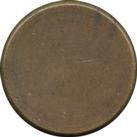

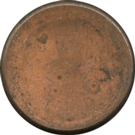

This is CFR44(a) from Hoyem 2 p.39 with copper case
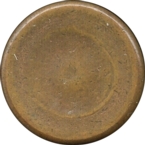

This is CFR44(d) from Hoyem 2 p.39 for the US Conversion Musket, 1865 with copper case and Benet primer.
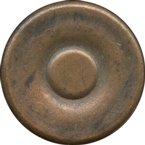

This is CFR44(f) from Hoyem 2 p.40 and commonly called the “Button Head” with copper case and Benet cup primed.
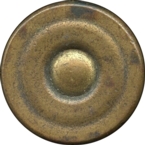

This is CFR253 from Hoyem 2 p.255 with a normal UMC type folded head construction and Berdan primer and not the external copper (J.V. Meigs) primer. Attributed to Combaluzier of Mexico, it appears to have been loaded using American made primed cases.
